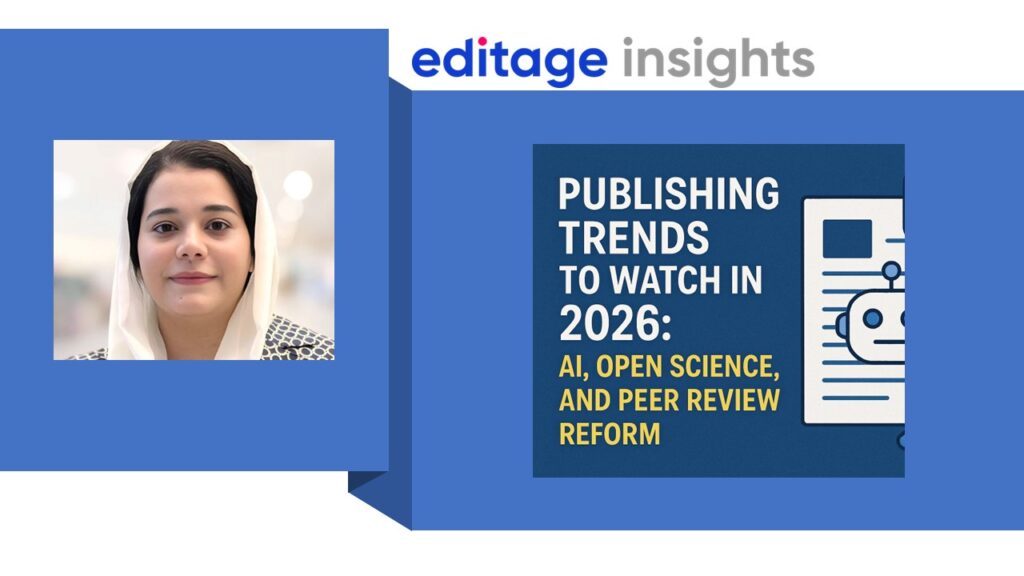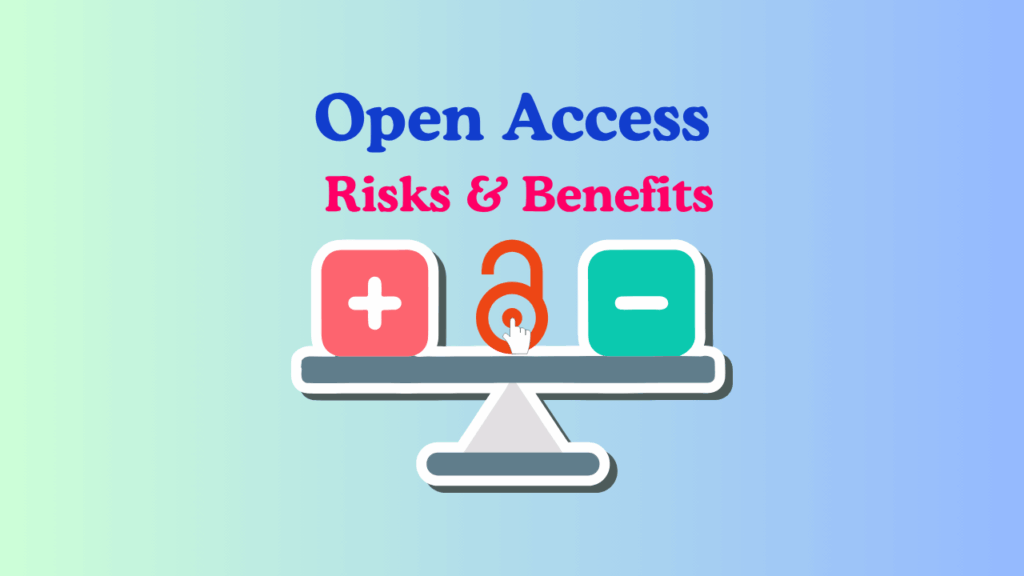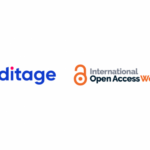Are we there yet? Making open access truly open and accessible

Open access (OA) in academic publishing means that content is immediately and permanently free for anyone to read, download, copy, print, or distribute, with some restrictions. The primary objectives of OA are to increase access to knowledge, promote collaboration and innovation, enhance visibility and impact, and encourage public engagement. OA is a component of the broader notion of “open science,” which aims to increase openness in research and publishing, pushing for open data, open protocols, open-source code, transparent peer review, etc.
The journey towards a truly open and accessible scholarly landscape remains a multifaceted challenge. While OA initiatives have brought down barriers to information access, the extent to which they have genuinely achieved universal accessibility is debated. This exploration delves into the current state of OA, deliberating on achievements, complexities, and potential solutions to problems.
How well are the objectives of OA being achieved?
While OA is still not the default, OA journals are being increasingly chosen by researchers as outlets for their research output. In fact, many funding bodies mandate immediate OA of the research output when offering research grants. Article-processing charges (APCs) have solidified their position as the primary OA business model, yet they also pose barriers for researchers and institutions with limited financial means. There is a need to develop more equitable payment models instead of APCs.
OA repositories play a pivotal role in the dissemination of knowledge and the advancement of OA principles. An increasing number of OA repositories is being seen, and a substantial portion of research output is available as OA. Further, preprint servers are integral components of the OA landscape, providing a preliminary version of research outcomes. This trend encourages timely peer feedback, refining research before its formal publication. Preprints are often indexed by search engines, making them discoverable by researchers and the public. This enhances the visibility of research findings and facilitates access to the latest advancements. Preprint servers accept a variety of content types, including research articles, data sets, and even negative results.
Challenges in OA publishing and potential solutions
OA publishing faces challenges: some long-standing ones and some that are evolving. Let’s take a look at these bottlenecks and their potential solutions.
Challenge 1: Sustainable funding models
In many journals, APCs remain prohibitively high for many authors and their institutes/funding bodies. This is a big hurdle for researchers from less well-funded institutions. While OA articles are readily and instantly accessible to all readers, a large number of authors might be excluded from choosing to publish in journals with very high APCs. Thus, the financial sustainability of OA models remains a concern.
Solutions
- Waivers and exemptions: The unfairness of high APCs is not lost on journal editors – recently, the editors of Elsevier’s NeuroImage stepped down in protest against the exorbitant $3,450 publication fee. They launched a nonprofit OA journal, Imaging Neuroscience, as the field’s premier publication. Importantly, this new journal will feature a reduced APC and exemptions for low- to middle-income nations.1
- Access to high-quality content for low-income countries: Research4Life offers institutions in low-income nations online access to peer-reviewed academic content. For over two decades, it has provided free or affordable access to around 205,000 leading journals and books in fields like health, agriculture, environment, applied sciences, and law. This effort has benefited researchers from thousands of institutions in low- and middle-income countries.
- A shift to Platinum OA: In Platinum OA (or Diamond OA), external subsidies, instead of authors, cover publication fees. Academic content is published, distributed, and archived with no fees to the reader or author.
Challenge 2: Quality control
OA is sometimes perceived by researchers as being associated with poor quality control and peer review standards. The rise of predatory publishers, which exploit the OA model for profit without maintaining proper editorial and peer-review standards, is problematic.
Solutions
Most of the reputable OA journals maintain rigorous peer-review processes. Stricter peer review and adherence to established publishing standards can help maintain the quality of OA journals. Initiatives like the Directory of Open Access Journals (DOAJ) can provide a curated list of reputable OA journals. Delisting journals that do not meet strict peer reviewing criteria and quality also serves as a strong deterrent. For instance, earlier this year, Clarivate delisted over 50 journals from Web of Science for not meeting requisite standards.2
Challenge 3: Global access
While OA aims to make research globally accessible, language barriers and lack of internet access and technological infrastructure persist in certain regions. For instance, according to one study, researchers whose first language is not English take twice as long to read English-language research papers as native speakers.3
Solutions
- Making research available in multiple languages: Journals could make their research available in multiple languages other than English. One approach is the publication of extended abstracts in the original language of the authors.
Second, scientists and policymakers in countries where English is not the first language should strive to make science accessible to its citizens by generating materials about research in the country’s official language(s). Mandram, an organization based in Chennai, India, shares scientific and technological updates in several regional languages.4 The Indian website Research Matters curates science news, highlights, and articles in multiple regional languages.
- Making research available in simple language: For a wider reach, including to the general population, journals can offer research outputs shared in plain, accessible language.
- Providing research outputs in diverse formats: Journals should ensure that research content is available in accessible formats, even providing offline access options. Journals can encourage sharing research output beyond the standard “research article.” Sharing research in multiple, citable non-traditional content formats increases visibility and transparency.
Challenge 4: Making OA research more discoverable
OA content is not always easily locatable online.5 Failure to enhance the visibility of OA content represents a missed chance to realize the primary objectives of OA. Enhancing the discoverability of OA research involves optimizing metadata, repositories, and search mechanisms. However, imprecise metadata and inconsistent approaches for linking metadata records with the associated content run the risk of generating broken links and incorrect information.
To uphold permanent free access, the long-term preservation and accessibility of OA content is also vital. Without proper archiving, valuable research could be lost over time. Maintaining the infrastructure, technology, and funding to keep repositories operational and accessible over time is challenging.
Solutions
- Effective use of metadata: Metadata and persistent identifiers are being recognized as crucial elements in OA workflows. Employing standardized metadata formats and ensuring consistent tagging will enhance the interoperability of OA research across platforms, facilitating easy search and retrieval processes. For example, a simple approach to make OA more visible and usable could be an OA icon next to an article’s citation to draw the attention of potential readers.
- Increasing the discoverability of institutional repositories: For users outside the university/institute to be able to discover and retrieve information from an institutional repository, the systems must support interoperability for access via multiple search engines and discovery tools. Further, research outputs in repositories must be linked to content that can be downloaded and indexed.
- Collaborative approaches: Strategic planning and collaboration among institutions, libraries, funding agencies, publishers, and archiving agencies are needed to support digital preservation initiatives and the use of standardized metadata.
In closing
By making research results more accessible to all, OA contributes to better science, as well as to innovation in the public and private sectors. The challenges lie in cost-effective publishing, the freedom to select journals, easy access to others’ research, better institutional support, and truly open and global accessibility. Addressing these challenges to realize the full potential of OA publishing requires collaborative efforts and changes in academic culture. Reforms in research communication must prioritize the career needs of individual researchers while ensuring that the benefits of OA reach both local and global communities.
References
- Quin, R. Exodus from an Elsevier Neuroscience journal. Inside Higher Ed. (2023). https://www.insidehighered.com/news/faculty-issues/research/2023/04/20/exodus-elsevier-neuroscience-journal
- Brainard, J. Fast-growing open-access journals stripped of coveted impact factors. Science Insider (2023). doi: 10.1126/science.adi0098
- Lenharo, M. The true cost of science’s language barrier for non-native English speakers. Nature 619, 678-679 (2023). doi: https://doi.org/10.1038/d41586-023-02320-2
- Barath, H. Science for everyone. Nature 571 (2019). https://media.nature.com/original/magazine-assets/d41586-019-01815-1/d41586-019-01815-1.pdf
- Morrison, L. 5 reasons why I can’t find Open Access publications. MmITS Blog. https://mmitscotland.wordpress.com/2012/08/06/5-reasons-why-i-cant-find-open-access-publications-2/.







